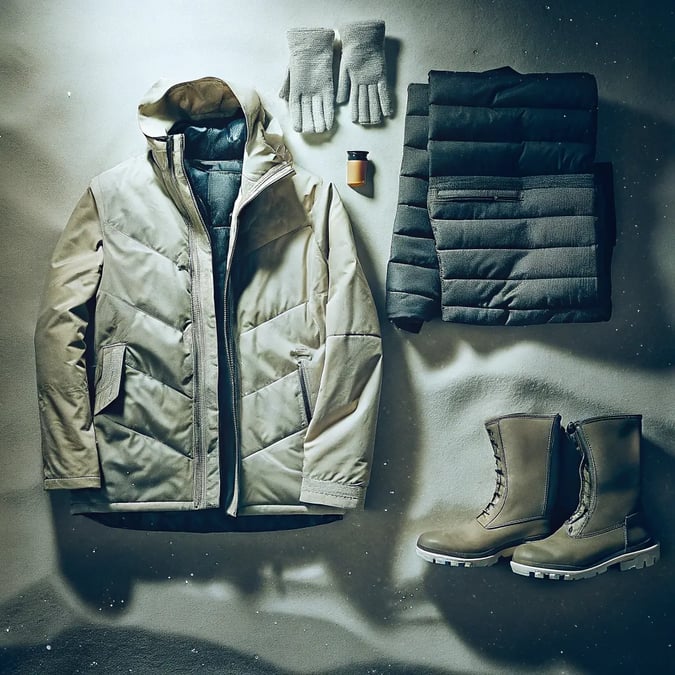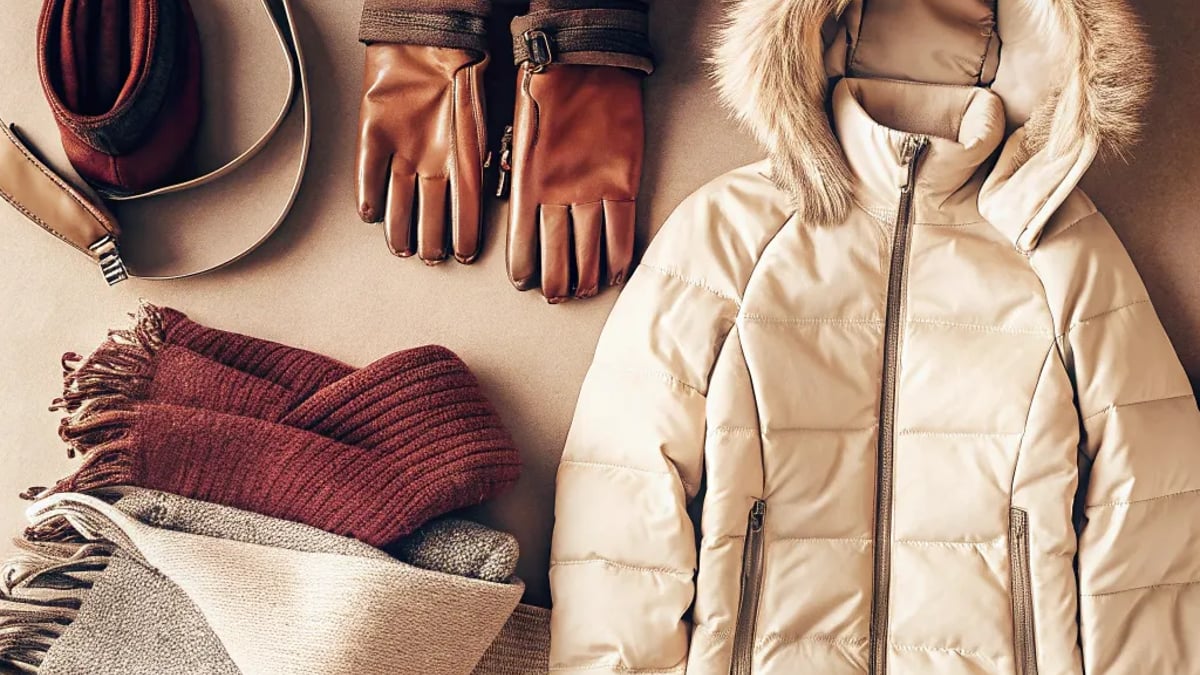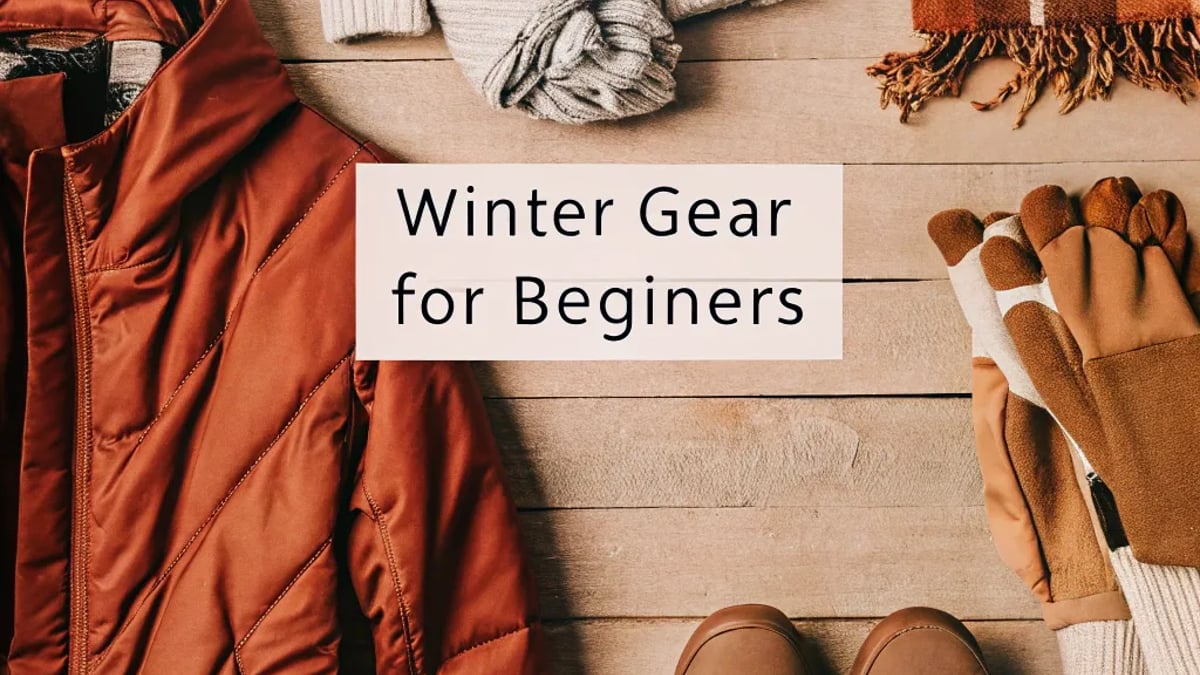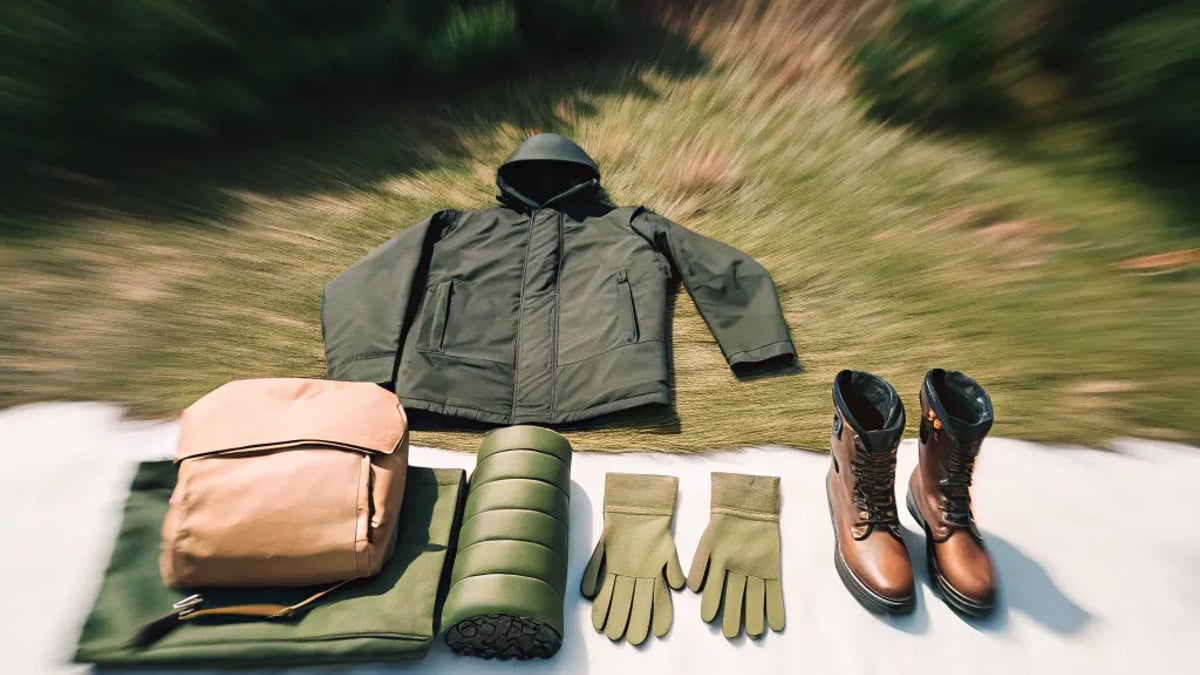
Getting started with winter activities can be overwhelming when you look at the endless gear options. I've been there - staring at walls of expensive equipment wondering what's actually necessary and what's just marketing. Let's cut through the noise and focus on what beginners truly need for winter adventures.
The Layering System: Your First Priority
The foundation of staying comfortable in winter isn't about buying the most expensive jacket - it's about understanding layering. After years of trial and error (and some miserable cold experiences), I've learned this system works best:
Base Layer: Your Second Skin
Your base layer sits against your body and manages moisture. Despite what some might think, cotton is actually terrible for winter activities because once wet, it stays wet and pulls heat from your body.

Instead, look for:
- Merino wool (my preference for multi-day trips)
- Synthetic materials like polyester blends
As one Reddit user in r/hiking mentioned, "You can really heat up while hiking, especially uphill," so your base layer needs to handle sweat efficiently.
Mid Layer: The Insulation Zone
This is where warmth happens. Depending on activity level:
- Fleece jackets work great for high-output activities
- Down or synthetic puffy jackets for less intense movement or very cold conditions
The key is having options you can add or remove as your activity level changes.

Outer Layer: Weather Protection
This isn't about warmth - it's about blocking wind and precipitation. Look for:
- Waterproof/breathable shells for wet conditions
- Windproof layers for dry, cold days
According to Kathmandu Outdoor's blog, many beginners make the mistake of buying just a heavy insulated jacket, missing the versatility of proper layering.
What About Your Extremities?
Hands: Options Matter

One pair of gloves rarely works for everything. Consider:
- Liner gloves for milder conditions or high-output activities
- Insulated, waterproof gloves/mittens for serious cold
I keep both in my pack because my hands heat up quickly when moving but freeze at rest.
Head & Neck: Heat Retention Central
You lose significant body heat through your head. Basic necessities include:
- Insulated hat that covers ears
- Neck gaiter or buff (more versatile than a scarf)
- Face protection for extreme conditions
Feet: Activity-Specific Needs
This varies dramatically by activity. For hiking, waterproof boots with good traction are essential. For cross-country skiing, as noted by Tahoe Trail Guide, "In theory, you shouldn't need lateral stability in your classic ski boots" - meaning boots differ based on skiing style.
The Often Overlooked Essentials
Socks Matter More Than You Think
Invest in proper winter socks - they're worth every penny:
- Wool or wool-blend socks (avoid cotton)
- Consider sock liners for multi-day trips
Don't Forget Hydration
People often don't realize you dehydrate quickly in winter. An insulated water bottle prevents freezing and encourages drinking.
What Can Wait Until Later?
As a beginner, you don't need to buy everything at once. Some items can wait:
- Specialized equipment for specific sports (buy or rent as needed)
- High-end technical gear (upgrade as you develop preferences)
- Multiple options in each category (start with versatile pieces)
Winter activities should be enjoyable, not financially crippling. Start with the essentials, borrow what you can, and build your gear collection as your skills and interests evolve.
Tags

About Liana Everhart the Author
Liana Everhart is a seasoned outdoor enthusiast with over a decade of experience in testing and reviewing camping gear. Her expertise lies in curating the perfect blend of functionality and comfort, making her a trusted voice for those venturing into the wilderness.
Recommended Articles
This Everyday Hobby May Slow Memory Loss According to Studies
Discover how engaging in hobbies can delay memory loss and enhance cognitive health as we age, supported by scientific studies.
The 2025 Ford Transit Versatility Meets Everyday Function
Discover the 2025 Ford Transit, a versatile and functional vehicle perfect for work, transport, and eco-friendly options. Explore its features now!
House Smell Off? These 27 Cleaning Hacks Actually Work
Discover 27 effective cleaning hacks to remove unpleasant smells from your home and maintain a fresh, welcoming environment for guests.
15 Pet Habits That Quietly Eliminate Household Odors
Discover 15 effective pet habits to keep your home odor-free. Simple techniques can make a big difference in maintaining a fresh environment.
Why So Many Retirees Are Ditching Canes for This Folding Device
Discover why retirees are choosing folding canes over traditional ones for better mobility, convenience, and independence.




